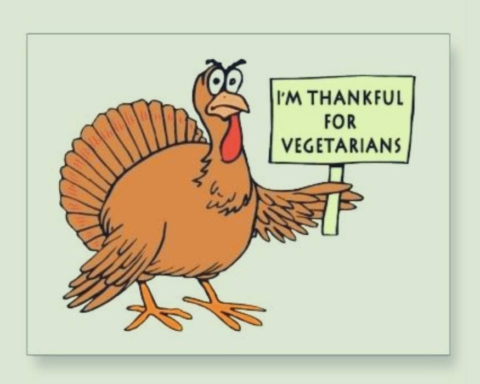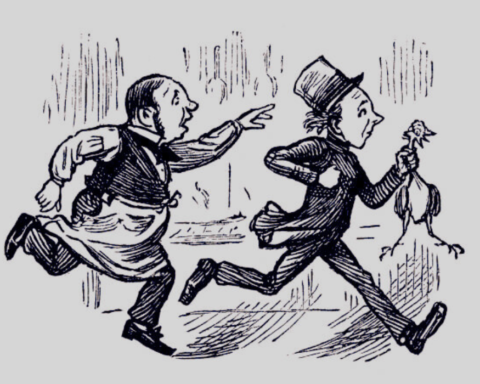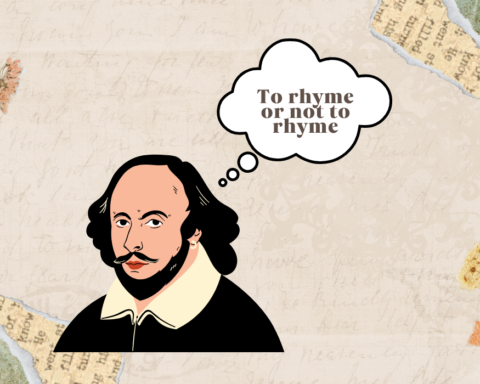The customer is always fascinated by the idea of unexpected presents and free stuff. We are constantly bombarded with targeted ads nowadays. They offer free items or opportunities that promise costly rewards.
Premium incentives like these stretch back to the mid-19th century. Around 1851, Benjamin T. Babbitt is said to have invented the practice of giveaways.
Babbitt rose to prominence as an advertising expert. In terms of creativity and popularity, he rivaled his friend P. T. Barnum. He became a cultural icon throughout the United States.
History of Giveaways
Who was Benjamin T. Babbitt?
Benjamin Talbot Babbitt was an entrepreneur and inventor belonging to the US. He made his affluence in the manufacture of soaps, inventing Babbitt’s Best Soap.
On May 1, 1809, Benjamin Babbitt was born in Westmoreland, New York. Nathaniel Babbitt, a blacksmith, and Betsey Babbitt were his parents. He went to public school and helped on the family farm in childhood. He had a brilliant mind and a curious nature.
By the age of twenty, he was laboring in a mechanical workshop. He was familiar with the crafts of repairing wheels and machining. A lecturer who came to the workshop piqued his interest in chemistry, and he pursued it.

Babbitt had saved up enough by the age of 22 to operate his own machine business in Little Falls. The majority of the equipment used in Babbitt’s manufacturing plants was built by him.
In Whitesboro, New York, he ran a large iron industry and machine business. He possessed almost 100 patents. He designed the first practical and cost-effective lawnmower during this time. In 1834, a flood devastated his business, but he persisted.
Babbitt’s idea of soap manufacturing and advertising
Babbitt migrated to New York City and started producing “saleratus” (sodium bicarbonate). He devised a system and packaged the product in compact and handy packaging. He packed and branded his products very effectively. No sooner was he dominating the whole sodium bicarbonate market.
He began with producing baking powder, soap powder, and other types of soaps. Babbitt advertised free graphic prints with the sale of baking soda from a mobile wagon.
He is the first one to produce and sell soap in isolated bars in 1851. These were nicely packed, with a quality claim included. He took something basic and transformed it into a commercial product.
This soap was among the first goods to be marketed on a national level. Brilliantly painted cars with musicians peddled in streets for selling the soap. Babbitt was the very first producer to give away free samples and factory visits.
Babbitt and his company were involved in a significant fraud case in the 1870s. Two esteemed workers were indicted and convicted of theft. The event drew lot of publicity from the public.
Hibbard P. Ross, a soap merchant, soon advanced on Babbitt’s approach. He guaranteed a “gift” to everyone who purchased ten bars of soap. The prize was reputedly selected through a lucky draw.
The pretense around giveaways
Prize lottery systems were being used by most retailers, by the late 1850s. The average award was practically useless. In truth, vendors utilized prize lotteries to dispose of defective or pirated merchandise.
In certain instances, merchants dropped the idea of making sales entirely. “Gift distributions” offered lottery tickets that entitle buyers to a reward. Some entrepreneurs kept the money but never conducted a draw. If they did, the outcome was a forgery.
A company offered 50-cent tickets with the promise of a chance of winning a $500 reward. The company notified the participants that they had won the big prize. They requested them to turn in their ticket along with $5 to cover shipping. They got plated pencils valued at less than 50 cents.
Cops were called in on occasion to put an end to unlawful gaming activities. Media also issued warnings to people about the scams.
One author complained about giveaways in an 1858 issue of the New York Herald. He was appalled by the ease with which our audience is deceived. This could be any form of endeavor that holds out the prospect of profit.
Henry Catlin, the hapless editor of the True American in Erie, Pennsylvania, fell a victim to the fraud. A gift distribution company promised him a prize in return for a puff.
He sent them a detailed note clearly stating that he believed they were trustworthy. He sent stamped versions of the document, but they never replied.
Other editors aided the premium systems in return for a chance to participate. Customers’ increasing want to be a part of the consumer industry was evident in the popularity of these schemes.
The temptation of the giveaway was more than just capitalizing on the perpetual idea of receiving more for less. Showing a firm as a giver of presents was a technique to gain customer loyalty.
As evident by the increasing acceptance of giveaways, this still applies to many of us.
Politigory provides in-depth reviews of science, history, humanities, religion, social sciences and arts









